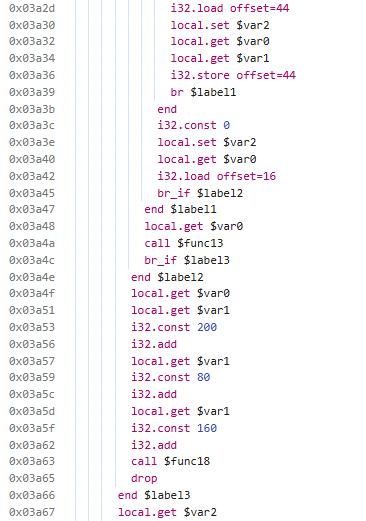Do you have a public anonymous website?
Do you have an unsecured API?
How to secure an API called by an unauthenticated (anonymous) website
We provide a solution to enable you to secure your API. This software was born from the realisation of how easy it is to be able to use someones API. If its an anonymous (no authentication) website calling an API, then using JWT tokens or session cookies offers little protection from someone that wants to use your API for their own purposes. CORS will only protect the client and not your API. Our solution has your API protection front and centre.
Nothing that runs in the client can ever guarentee absolute protection. Our solution has many subtle layers, and so if someone really wants to put the effort in, then our WASM Web Tokens (WWT) solution can give you warnings of an attack. It's not an all or nothing like a JWT. This gives you the ability to log attacks and then block them.
Take your time and browse the website. Try out the Demo. Use the browser dev tools to checkout the client-side code. If you have more questions, then please reach out to us.
